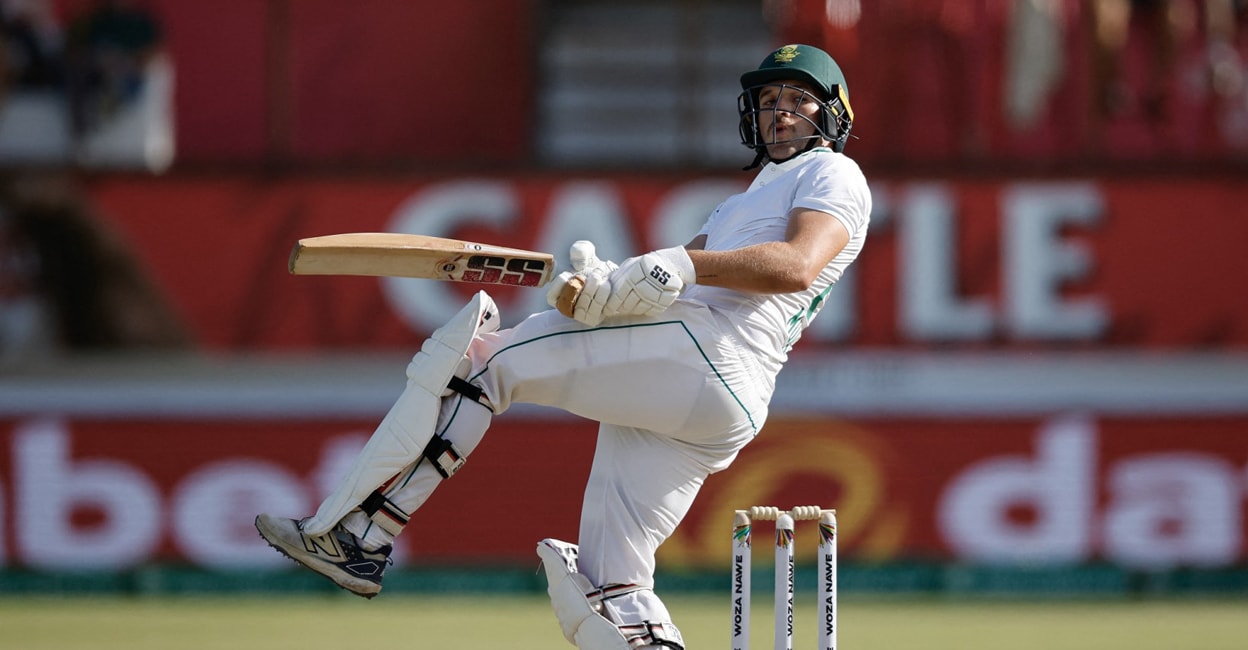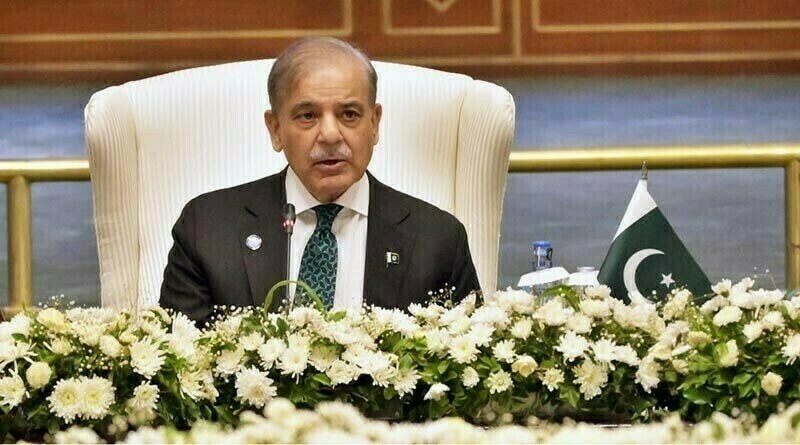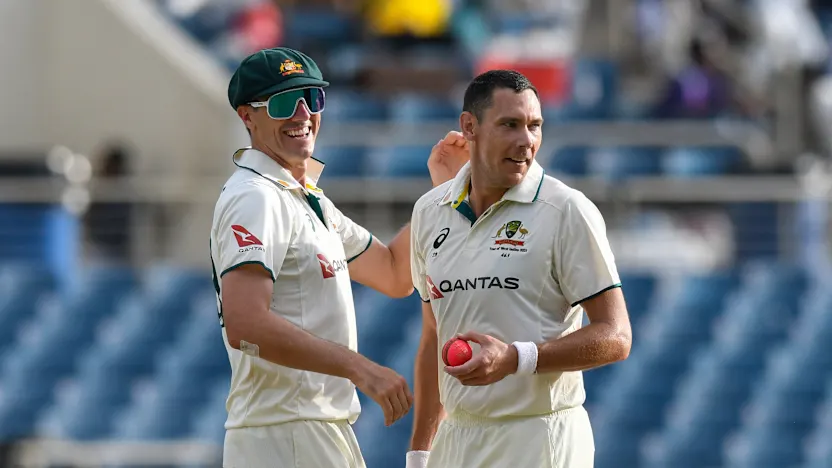Even as India celebrated the resounding win over England in the second Test of the ongoing series, a major batting record came close to being broken at Bulawayo in Zimbabwe. In the second Test of the series played between South Africa and Zimbabwe, Proteas captain Wiaan Mulder scored a triple century. But he decided to declare his side’s innings at the stroke of lunch on day 2, when he was unbeaten on 367. Had he batted for some more time, he stood a very good chance of breaking Brian Lara’s record of the highest individual score of 400 runs.
Prior to the start of the series against Zimbabwe, no one would have thought that Mulder might come close to breaking batting records. His total tally of 621 in 19 Tests at an average of 22.17 in his five years in Test cricket did not show any signs of extraordinary talent. Further, he was chosen to the South African squad as an all-rounder who could score useful runs in the lower middle order and bowl probing medium pace. Hence, it was all the more surprising that he came very close to creating history by scoring the second-ever quadruple century in Tests.
Why did Mulder declare the innings when he was so close to attaining the landmark? The ostensible reason was that he had planned to declare his side’s innings when play stopped for lunch on the second day and he went ahead with this decision, rather than try to reach a personal milestone. However, this does not make much sense when one considers that the match concluded before the end of the second session on the third day, with South Africa securing a win by an innings and 236 runs. This shows that plenty of time remained in the game and the result would not have been any different even if South Africa had batted for one more hour to enable Mulder to reach the record.
Brian Lara holds the record for the highest Test score. File photo: IANS
Mulder’s subsequent statement that South Africa’s head coach Shukri Conrad’s comment (“let the legends keep the records”) influenced his decision sounds more plausible. It was correct and proper for the coach to point out that cricket is a team game, where individual aspirations and achievements should take second place behind the objectives of the team. This may also have prompted Mulder to declare as he did not wish to try to break Lara’s record. Had he done so, he would have been seen as a usurper who snatched the record of Lara without possessing the technical skill or brilliance of the latter, a label that he may have been keen to avoid.
The possibility of Mulder getting overawed by the enormity of the impending achievement also cannot be ruled out. Mulder had come in to bat at the fall of the first wicket, during the first session on day one and was unbeaten on 264 when stumps were drawn that day. He scored 103 runs during the first session on second day and, with the Zimbabwe bowlers just going through the motions, he could have taken another hour at the most to add 35 runs to his individual score. But there also existed the possibility that he might have slowed down due the burden of the personal landmark playing in his mind.
Whatever may be the reason, his decision not to pursue Lara’s record endeared Mulder to the followers of the game. There is no doubt that Lara is one of the giants who played the game, as his record of 11,953 runs in 131 Tests at an average of 52.88 shows. Besides, he also showed a proficiency for making tall scores. In 1994, he broke the 35-year-old record of 365 runs held by Gary Sobers, when he scored 375 against England. He followed that a couple of months later with a humungous knock of 500 in the English county league, where he played for Warwickshire. Ten years later, in 2004, he flayed England again, this time carving out an unbeaten 400, which has not been bested till date. Even if Mulder had broken Lara’s record, he would not have gained the respect of fans of the game or been placed in the same league as the latter. Instead, he wisely chose to stop 33 runs short, thus receiving love and respect from millions of fans around the globe.

Former Australian captain Mark Taylor. File photo: AFP
Mulder’s action revived memories of a similar one taken by former Australian skipper Mark Taylor, who declared his side’s innings closed when he was batting on 334. In the second Test of the series played against Pakistan at Peshawar in October 1998, Taylor was batting on 334 when play ended on the second day. This was incidentally the highest score in Test cricket made by an Australian cricketer, made by none other than the great Don Bradman. Taylor decided not to resume his innings on the third day, stating that he did not wish to break the record that bore the name of Bradman. Taylor was an immensely popular cricketer in Australia and his stature amongst the lay public increased by leaps and bounds after this episode.
If Mulder and Taylor won appreciation for their decision to sacrifice personal glory on account of reasons associated with higher and more sublime principles, two cricketers were in the news during the 1980s for expressing their angst at what they believed were unfair declarations made their skippers that denied them a chance to score a triple century. India suffered a humiliating 0-3 defeat at the hands of Pakistan in the six Test series played in 1982-83. In the fourth of the series between India and Pakistan held at Hyderabad in Sindh province, the hosts batted first and ran up a huge total of 515 runs for 3, with Mudassar Nazar and Javed Miandad scoring double centuries. Miandad was batting with 280 runs to his credit when his captain Imran Khan declared the innings closed. Though Miandad himself never complained about this, many followers of Pakistan cricket felt this was a poor decision as Imran could have waited till the former reached his triple hundred. Further, Miandad was not informed that a declaration was in the offing, which would have prompted him to move the scoreboard faster to reach a triple ton.
A similar situation emerged at Chennai in December 1983 when India took on West Indies in the last series of the series. This was a match curtailed to four days due to loss of play on first day due to rain. After West Indies batted first and made a total of 313 runs, India lost two quick wickets when Sunil Gavaskar walked to the middle. This was the first time he was batting in the middle order in Tests. Batting in his usual calm and unhurried manner, Gavaskar steadied the Indian innings. He crossed his century and was unbeaten on 149 when play ended on the fourth day.

Sunil Gavaskar. File photo: IANS
On the last day, he crossed his double century and was involved in a big partnership for the ninth wicket with Syed Kirmani when tea was taken. During this interval, skipper Kapil Dev told Gavaskar that he was planning to declare the innings once the latter crossed the individual score of 231, at that time the highest ever by an Indian, made by Vinoo Mankad in 1955. Though Gavaskar indicated his preference for continuing to bat, Kapil Dev went ahead with the declaration, with the former batting on 236. Gavaskar was understandably peeved and later wrote in his book “Runs n Ruins” that he ‘was stupefied when Kapil waved him in’ after one over was bowled in the last session.
There is one specific reason for the disappointment felt by these two batsmen. The 1980s were a decade when no triple century was scored in Tests. After Lawrence Rowe scored 302 against England at Bridgetown in March 1974, one had to wait for more than 16 years before the next triple century was scored, which happened when Graham Gooch struck 333 at Lord’s against a hapless Indian attack in 1990. Hence, there was considerable excitement in the air whenever any batsman looked like having an opportunity to reach the 300 run mark. Incidentally, more triple hundreds started being scored in Test matches from the last decade of the 20th century onwards, and presently there are 33 scores of 300 and above, with the one scored by Mulder being the latest in this list.
Well played Wiaan Mulder and congratulations for a great gesture. You will be remembered for long by the followers of the game for this splendid act.


































